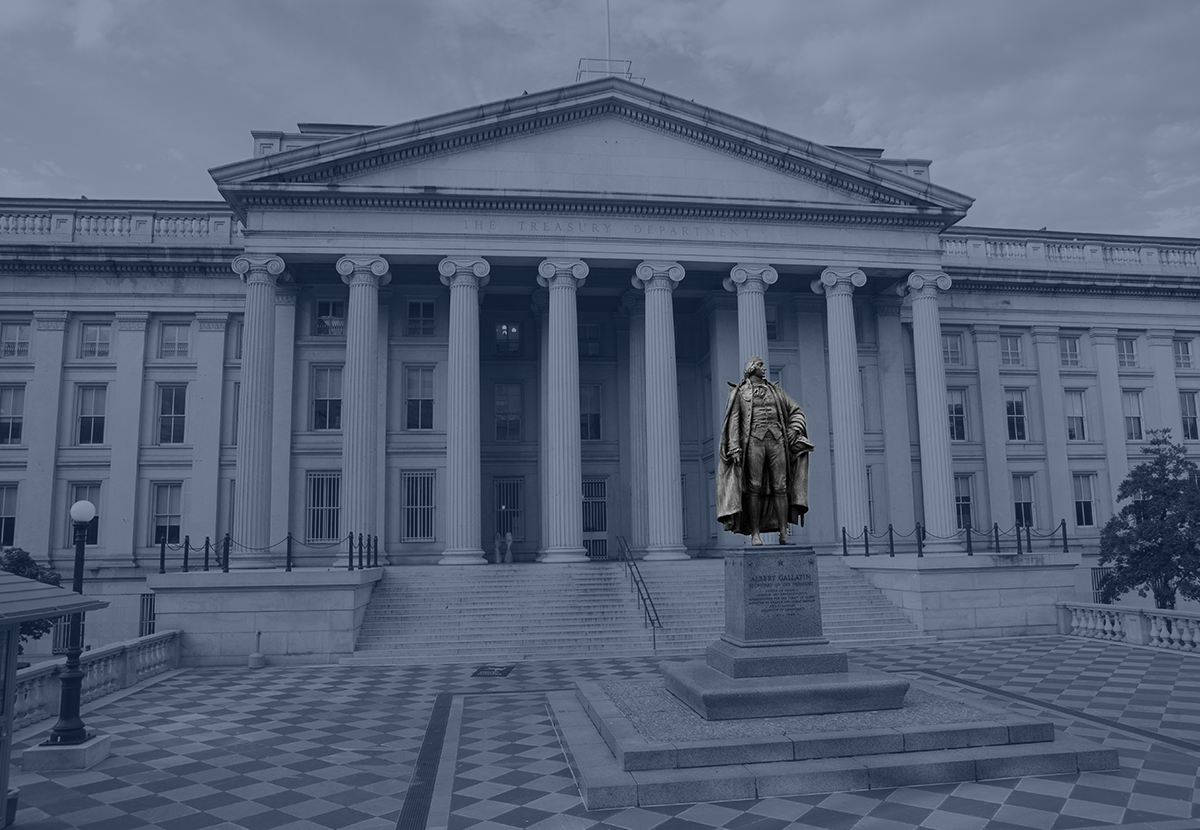Moody’s Ratings downgraded the U.S. government’s long-term issuer and senior unsecured credit rating from the top-notch Aaa to Aa1 on Friday, citing mounting fiscal deficits and interest burdens, according to the release on Friday.
Welcome to the club: Moody’s is now the third major ratings agency, following Fitch Ratings in 2023 and Standard & Poor’s (S&P) in 2011, to strip the United States of its top-tier rating, underscoring ongoing concerns about the government’s financial trajectory.
Spendthrift: In its announcement, Moody’s highlighted sustained increases in government debt and interest payments, stressing that the U.S. has reached debt levels that are significantly higher than those of similarly rated countries.
- “Successive U.S. administrations and Congress have failed to agree on measures to reverse the trend of large annual fiscal deficits and growing interest costs,” Moody’s said in the statement.
- The rating agency expects deficits will continue to expand over the coming decade as entitlement spending grows, while government revenue remains largely stagnant.
Zoom out: The downgrade reflects deepening skepticism from ratings agencies about the federal government’s political willingness and capability to achieve fiscal reform.
- Moody’s forecasted the U.S. fiscal performance would further deteriorate both relative to its historical record and compared to peer sovereign nations with similarly high ratings.
What they’re saying: Treasury Secretary Scott Bessent downplayed Moody’s decision during an interview Sunday on NBC’s Meet the Press, arguing it was a “lagging indicator.”
- Bessent referenced former Treasury Secretary Larry Summers, who dismissed the impact of previous downgrades, noting, “Larry Summers and I don’t agree on everything, but in 2011, the last time or two times ago when we had a downgrade, he pooh-poohed it.”
Not a lost cause: Moody’s provided a clear roadmap back to a higher rating, noting the potential for an upgrade if the U.S. enacts substantial fiscal reforms.
- “The implementation of fiscal reforms to significantly slow and eventually reverse the deterioration in debt affordability and fiscal deficits, either by materially increasing government revenues or reducing spending, could lead to an upgrade,” the agency stated.
Bottom line: The current trajectory of federal spending is unsustainable. Moody’s downgrade should heighten pressure on Congress, already in the midst of budget negotiations, to implement measures that curb spending and raise revenue.



